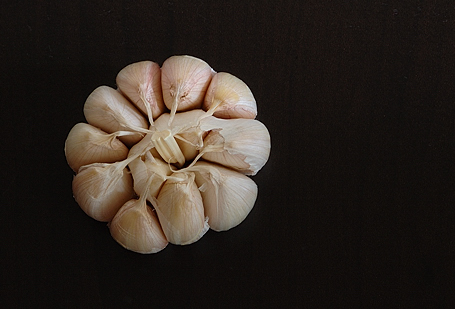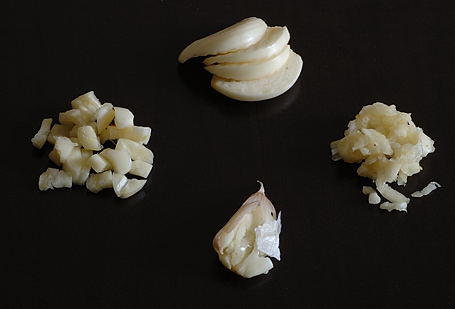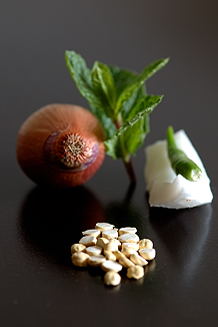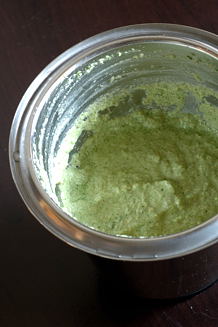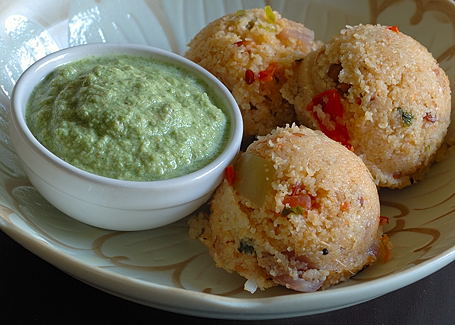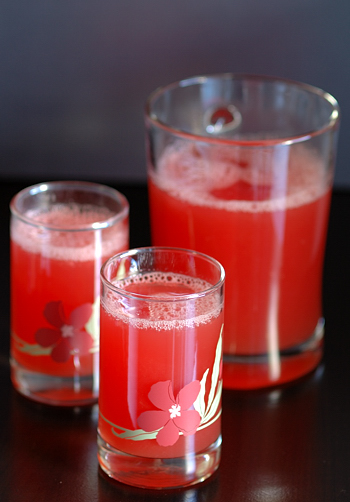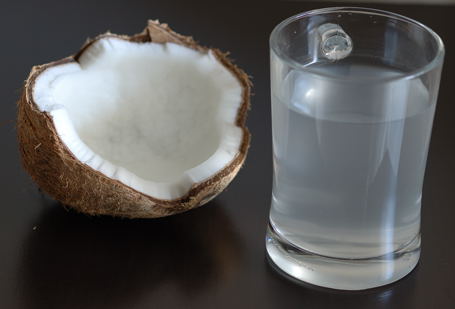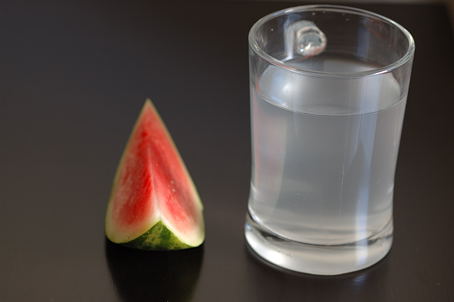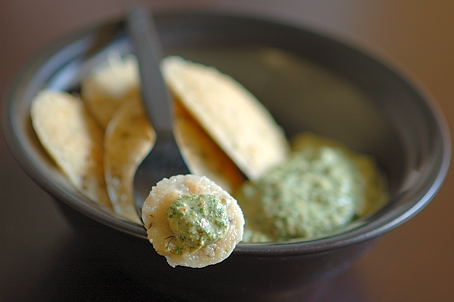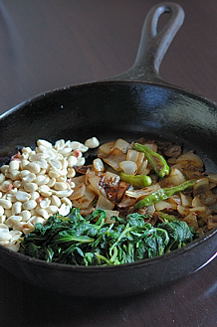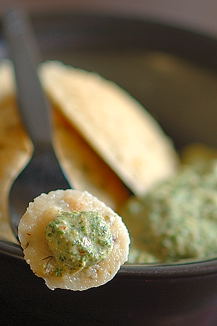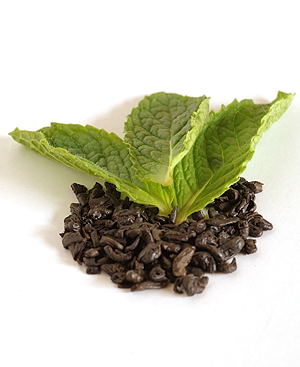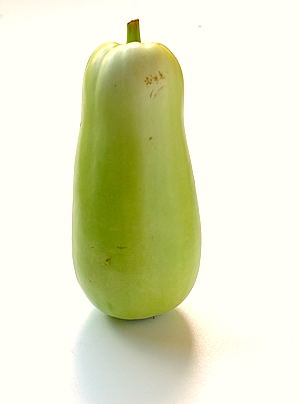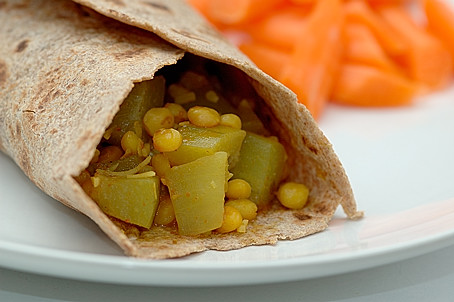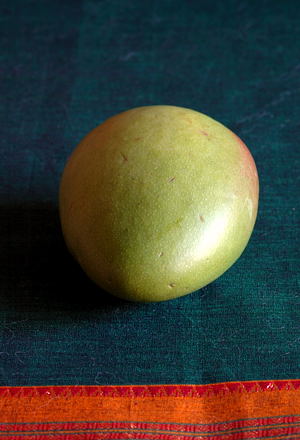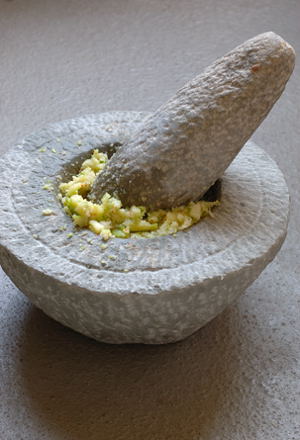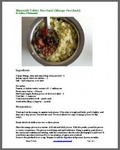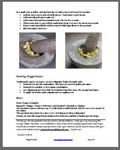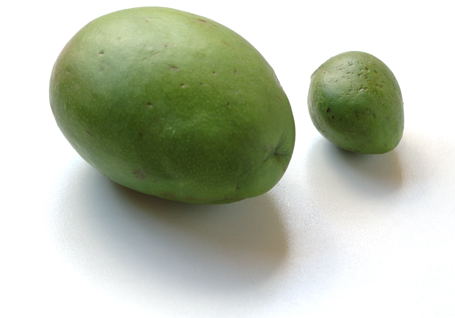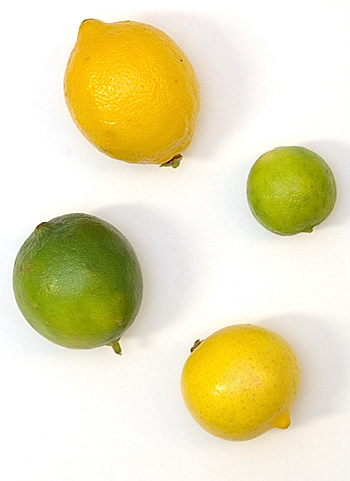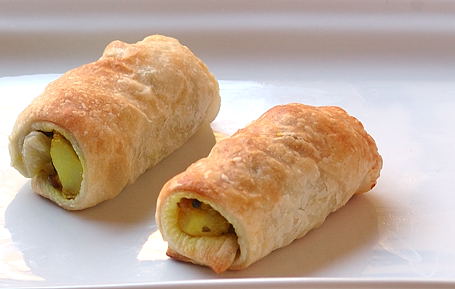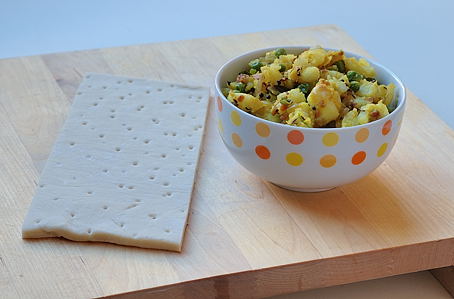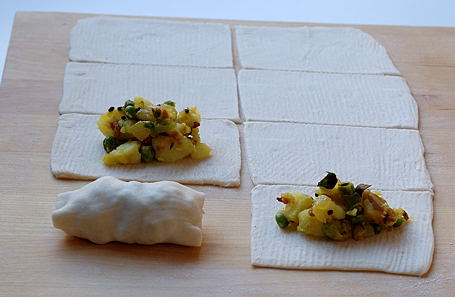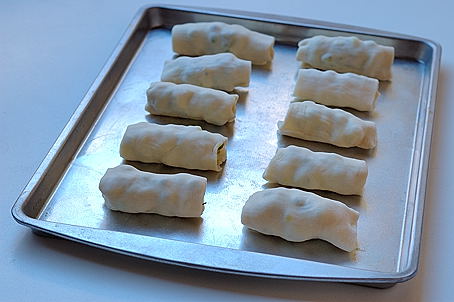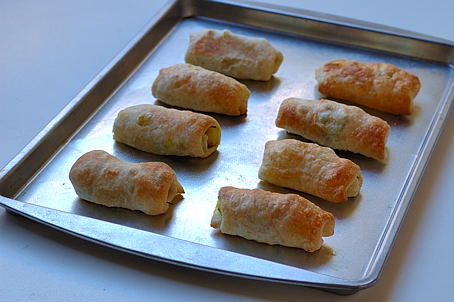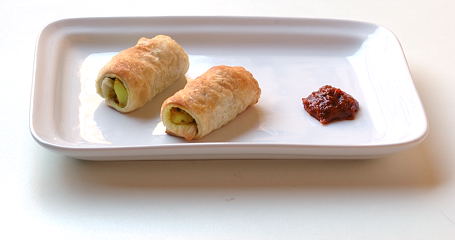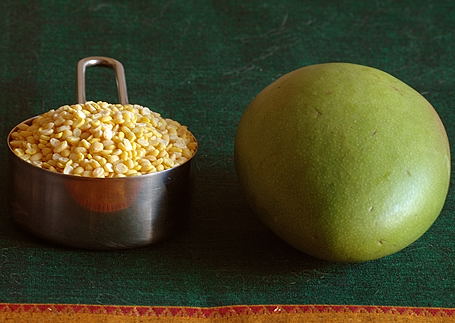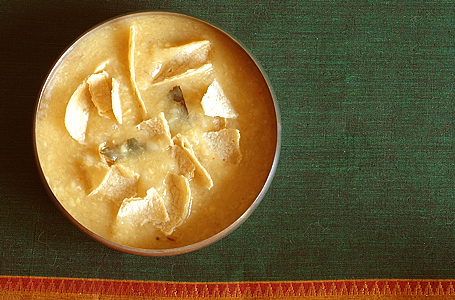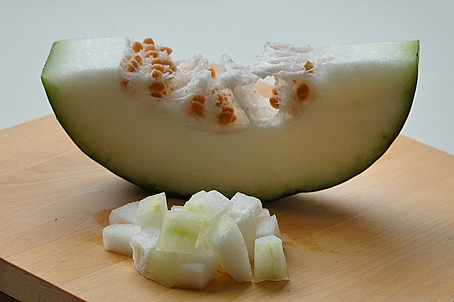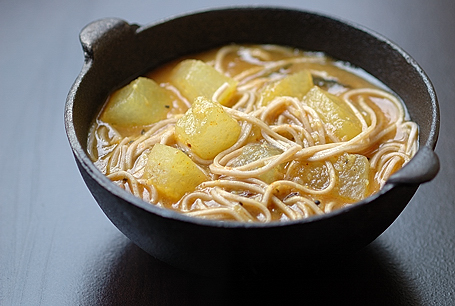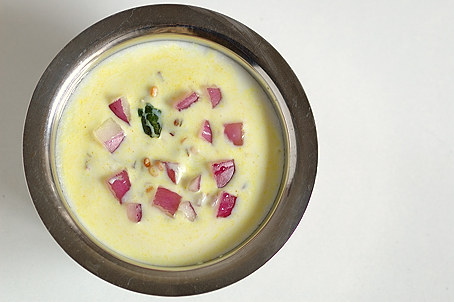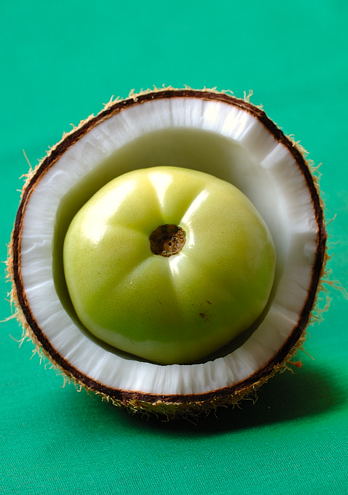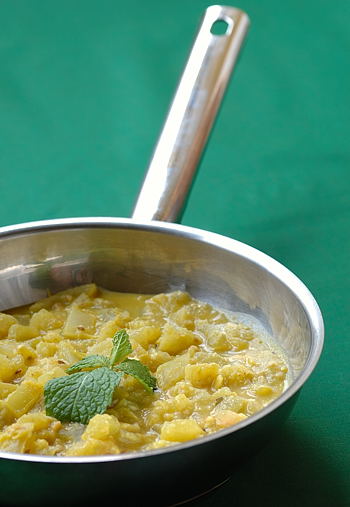Upma with rice flakes or poha, also known as “Atukula Upma†in Telugu, is a favorite at thousands of road-side stalls specializing in serving quick meals in Andhra, India. The preparation starts with sautéing of vegetables, seasoning and then moistened poha is added. Cilantro, lime juice and roasted peanuts are the garnish, and it is served hot with a side order of coffee or tea. For centuries, this common food fare is a “fills the belly and wards off the hunger” kind of morning meal whether one works as a tenured servant or as a daily laborer.
For our meal today, I have prepared the upma with rosematta poha. The red colored rosematta rice grains which have been parboiled, are flattened by heavy rollers, then dried naturally. This produces coral colored rosematta poha with pronounced nutty taste, which is just addictive. Keeping up with the upcoming season and the festivals, I have added green chickpea sprouts and pistachios to upma. Coral and green, it was a good meal.
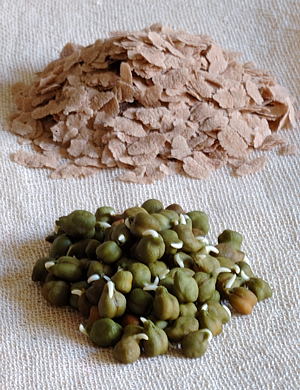
Rosematta Atukulu and Green Chickpea Sprouts
Recipe:
(makes a sparse meal for two)
2 cups Poha (atukulu, rice flakes)
1 red onion or 3 small shallots – finely chopped
3 – Indian or Thai variety green chillies – finely chopped
1 cup – chickpea sprouts (small brown or green variety)
¼ cup – roasted and unsalted pistachios (or peanuts)
¼ cup – finely chopped fresh cilantro leaves
for seasoning:
1 tablespoon – peanut oil
1 tablespoon – urad dal – toasted dal tastes wonderful in upma
¼ teaspoon each – cumin and mustard seeds
1 sprig – fresh curry leaves
¼ teaspoon – turmeric
Salt and lime juice to taste
Heat oil in a wide skillet. When oil starts to shimmer, add and toast curry leaves, urad dal, cumin & mustard seeds- in that order. When seeds start to pop, add the onion, chilli and chickpea sprouts. Saute to tender, for about five minutes.
Add the pistachios and cilantro. Sprinkle turmeric and salt. Mix.
While they are cooking, add poha to water and submerge for about 30 seconds. Quickly drain into a colander, or with your hands remove and add the poha to the skillet. (This is done to moisten the poha and do not keep them in water for long. They’ll lose the bite and turn to mushy.)
Toss to mix, and stir-fry for two to three minutes. Serve hot.
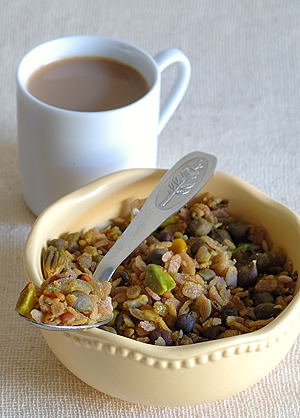
Worshipping the Verdant Season with Coral Atukula Upma
Health Labels:
Traditional India-Vegan, Diet-friendly
Rosematta Poha: Carbohydrates, the complex kind
Chickpea Sprouts: Protein and Vitamins
Pistachios – Hormone-free fat
Spices – Digestion-aid and for well-being
Notes:
Tomatoes, beans, grated fresh coconut etc are also added to the poha upma.
Rosematta poha, purchased at Apna Bazar, Bellevue, WA.
Rosematta Poha Snack – the sweet kind, from Kerala.
